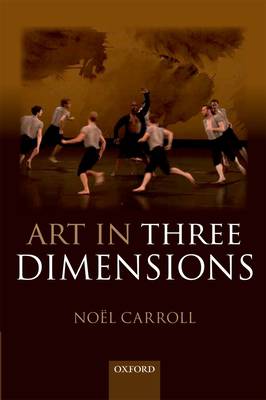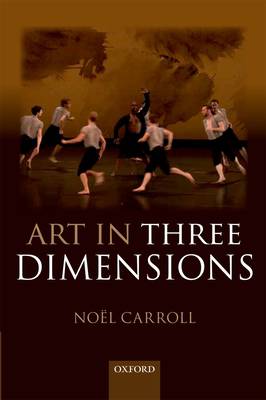
- Afhalen na 1 uur in een winkel met voorraad
- Gratis thuislevering in België vanaf € 30
- Ruim aanbod met 7 miljoen producten
- Afhalen na 1 uur in een winkel met voorraad
- Gratis thuislevering in België vanaf € 30
- Ruim aanbod met 7 miljoen producten
Zoeken
Omschrijving
Art in Three Dimensions is a collection of essays by one of the most eminent figures in philosophy of art. The animating idea behind Noel Carroll's work is that philosophers of art should eschew the sort of aestheticism that often implicitly -- but sometimes explicitly, as in the case of aesthetic theories of art and of their commitments to the notion of the autonomy of art -- governs their methodology. Instead, Carroll argues that philosophers of art need to refocus their attention on the ways in which art enters the life of culture and the lives of individual audience members. The reference to "three dimensions" in the title refers to Carroll's view that philosophers of art should look at art from multiple angles and treat it as a substantial participant not only in society, but also as a significant influence upon the moral and emotional experiences of audiences.
Specificaties
Betrokkenen
- Auteur(s):
- Uitgeverij:
Inhoud
- Aantal bladzijden:
- 548
- Taal:
- Engels
Eigenschappen
- Productcode (EAN):
- 9780199655922
- Verschijningsdatum:
- 7/09/2012
- Uitvoering:
- Paperback
- Formaat:
- Trade paperback (VS)
- Afmetingen:
- 155 mm x 231 mm
- Gewicht:
- 793 g

Alleen bij Standaard Boekhandel
+ 143 punten op je klantenkaart van Standaard Boekhandel
Beoordelingen
We publiceren alleen reviews die voldoen aan de voorwaarden voor reviews. Bekijk onze voorwaarden voor reviews.











